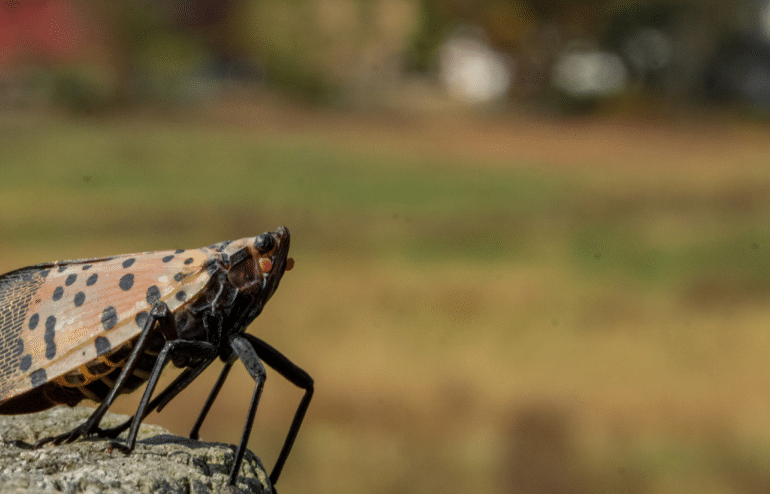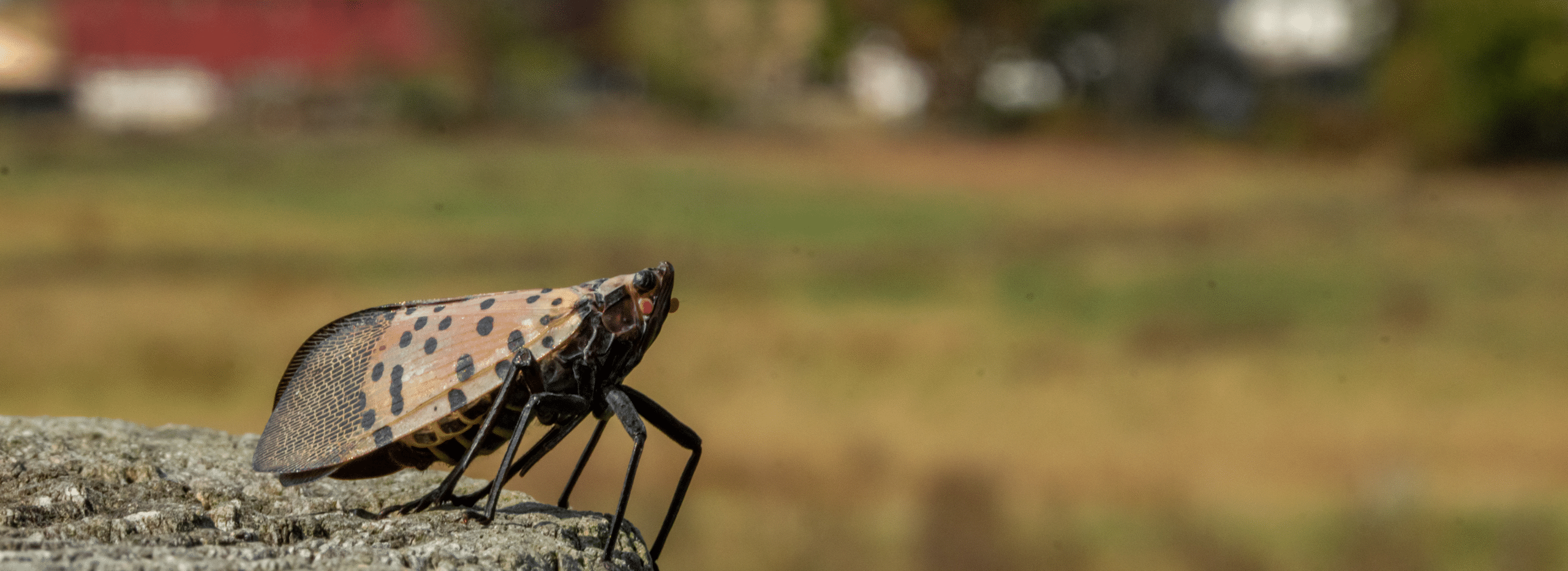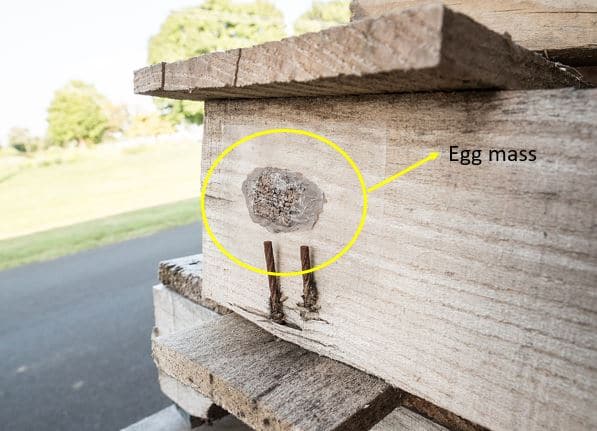
Chicken and Barley Soup
There’s nothing quite like soup to provide comfort and nourishment when the weather is less than ideal! If you have an Instant Pot or a stovetop pressure cooker, this soup can come together in a jiffy, but it’s also delicious made entirely in a pot on the stovetop.
Ingredients
- 1 whole pasture-raised chicken
- 2 sprigs rosemary, divided
- 1 small bunch thyme, divided
- 2 Tbsp Butter or olive oil
- 1 onion, diced
- 3 cloves garlic, minced
- 1-2 quarts chicken stock, homemade or store-bought for a collagen-rich homemade stock, check out our recipe here: http://green-acres.org/chicken-feet-stock/
- 3 lb carrots, diced
- 2/3 cup pearl barley, wheat berries, farro, or another whole grain
- 3 stalks celery, including leaves, diced
- 1 15 oz can white beans, undrained
- 1/2 lb sturdy greens (kale, spinach, collards, cabbage, etc.), chopped
- salt and freshly ground black pepper, to taste
Instructions
- If you have an Instant Pot or stovetop pressure cooker: place chicken, 1 sprig of rosemary, half of the thyme and 4 cups water in the Instant Pot or pressure cooker. For extra flavorful broth, add the trimmings from your vegetables to the pot. Cook for 20 minutes at high pressure, using the quick steam release method at the end of cooking.
- Alternatively, add ingredients from step 1 to a pot on the stove and simmer gently until chicken is fully cooked and very tender, 1.5-2 hours.
- While the chicken is cooking, heat oil or butter in a large pot over medium heat. Add onion and saute until caramelized, stirring often. Add celery and garlic. Mince remaining rosemary and thyme and add to onion mixture, stirring until very fragrant.
- Add 1 quart broth to the onion mixture, scraping up any browned bits in the bottom of the pot. Bring to a gentle simmer. Add barley, beans and their liquid, and carrots to the pot and cook until grain is tender, about 30-40 minutes.
- When chicken is fully cooked, carefully separate the meat from the bones, reserving the bones to make your next batch of chicken stock. Dice meat and add to the soup.
- Strain broth created while cooking the chicken and add it to your soup pot.
- Add greens. Continue to simmer, stirring occasionally, for about 10-15 minutes while the flavors meld and the greens become tender. Add additional broth if desired to make the soup the consistency you like, more chunky or more broth-y. Add salt and pepper to your taste.
- This soup is excellent served with rye toast or whole-grain crackers.






